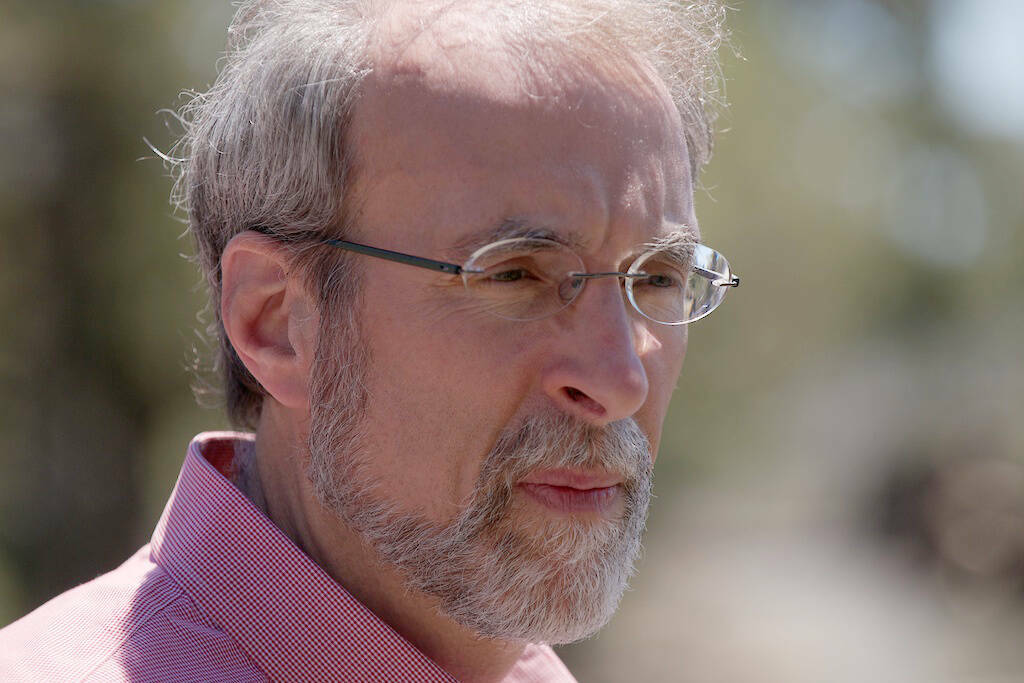One proposal to solve the impending energy shortage for Alaska’s population centers is to go back in time. To the 1970s, when coal was king in the U.S.
The governor, legislators, municipal officials and business leaders are worried that the Railbelt — the population corridor stretching south from Fairbanks, through the Matanuska Valley and Anchorage to the Kenai Peninsula — will run short of natural gas before the end of the decade.
The region has lived off the nearby underground warehouse of natural gas from the Kenai Peninsula and Cook Inlet for decades. The energy has been plentiful and generally affordable, but like all good things — particularly oil and gas reservoirs — the bottom of the barrel is in sight.
Looking at a shortage of gas for heat and power generation before the end of this decade, Railbelt leaders are scrambling for answers. They want to know what the state can do to help drillers find and produce more gas from the Cook Inlet region. But if that doesn’t work, they need another solution.
That could mean lighting up interest in burning coal.
Alaska has vast underground coal reserves, so no problem with supply. The high hurdles are environmental, costs and feasibility. All are about as absolute as the law of gravity, but that doesn’t matter to promoters.
A couple of months ago, a dubious report prepared under the sponsorship of an Alberta-based coal-power promoter, which is backed by a mining company with claims in Alaska, suggested that coal is the answer to the Railbelt’s energy needs.
All someone needs to do is develop a coal mine, build a power plant, erect miles of transmission line to get the electricity to the grid and lay miles pipeline to move the carbon dioxide emissions from the power plant for burial deep underground. That last part — sequestering the bad-for-global-warming CO2 underground — is a big part of the business plan. The federal government is paying billions in tax credits for developers who will pump the greenhouse gas where the sun don’t shine.
Coal had its day, and it’s not tomorrow.
More than 20 years ago, coal was the largest power generation fuel in two-thirds of the states. It’s now down to about a dozen. The last large-scale U.S. coal plant was built more than a decade ago. The last utility coal plant of any size went into service in Fairbanks in 2020.
A second idea flowing through the Alaska pipeline of dreams also goes back to the 1970s. People could stay warm and keep their appliances running close to forever if they could get their burner tips on North Slope natural gas. That’s just as soon as someone figures out how to pay billions of dollars to build 800 miles of buried pipeline over hill and dale, which in Alaska means tundra, permafrost, rivers, mountains, snow and ice and earthquake fault lines.
And there is the financial question of how maybe half-a-million people would pay the bills on a mega-billion-dollar project.
No matter, this is Alaska, where nothing has to pencil out if we dream hard enough.
The Alaska Gasline Development Authority, which has spent hundreds of millions of dollars over the past decade chasing the dream of building a pipeline and selling North Slope gas to Asia, has raised its hand and said, forget Asia for now, let’s just build a $10 billion line to serve the Railbelt.
Mostly, it’s a ploy to keep the office open, as the state Senate has lost interest in the gas export delusion and recently voted to eliminate the agency from the state budget.
If people really want to give the agency a job, and hearken back to coal at the same time, change the name to Alaska Coal Development Authority, or ACDC. It would share a lot with the rock band which started in the 1970s. It’s latest album was “Power Up.”
Larry Persily is the publisher of the Wrangell Sentinel.


